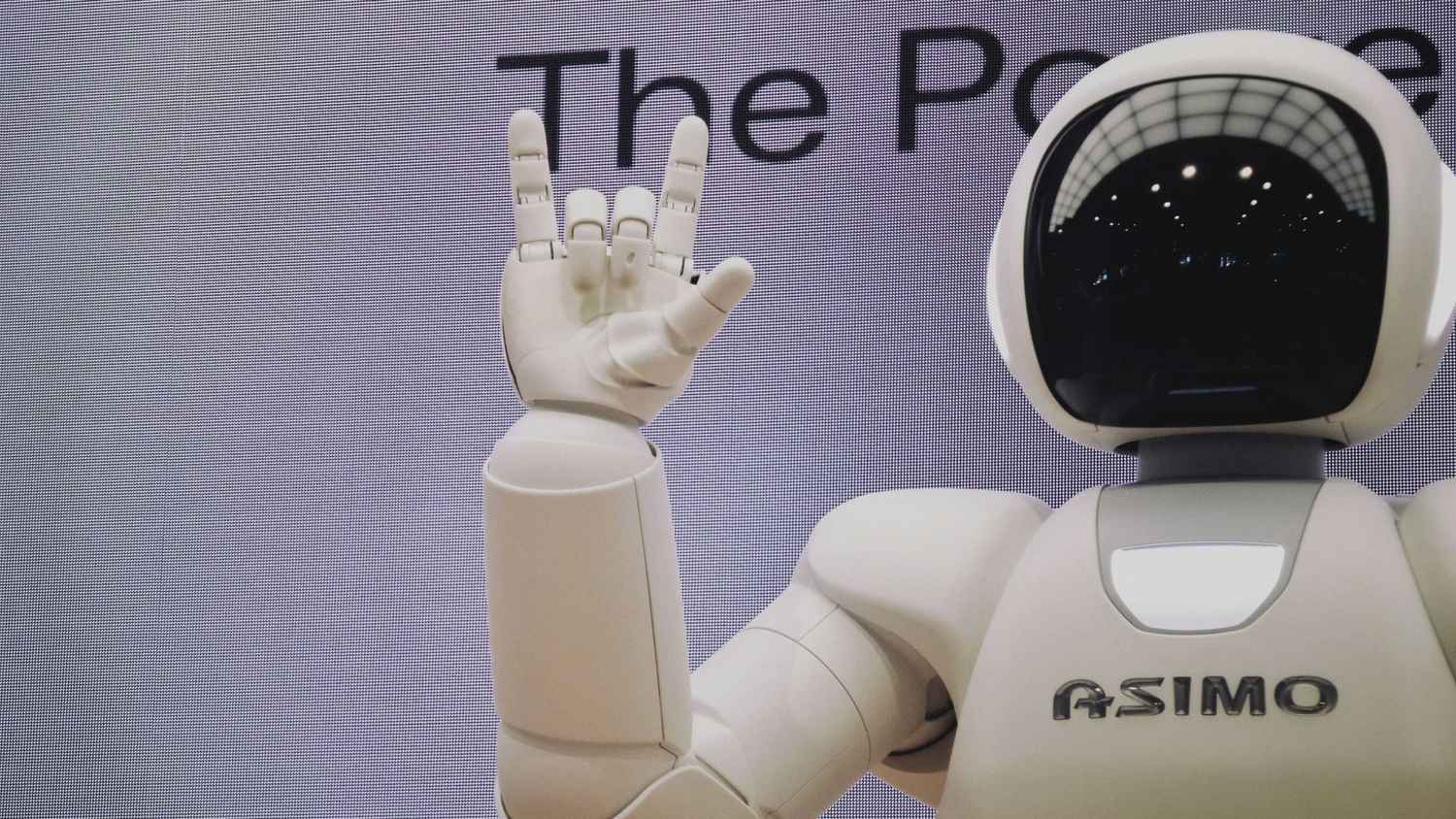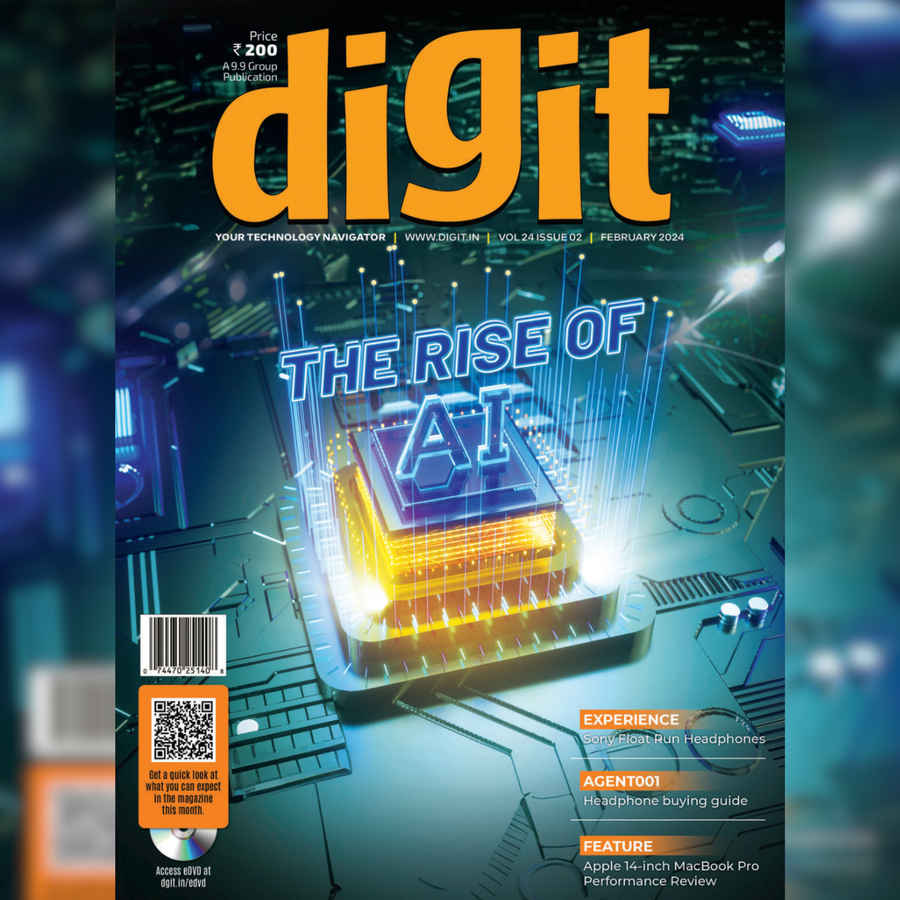Today’s pioneers, tomorrow’s laggards

In the past few decades, certain technologies have stood out as beacons of innovation, continually pushing the boundaries of what was possible. The names of several such technologies might have already lit up in your mind – personal computers, automobiles, medical imaging systems, etc. These trailblazers have been at the forefront of technological advancement.
However, with the advent of AI, the pace of innovation has dramatically shifted. Technologies that have a longer refresh cadence are suffering whereas those technologies and services that have much shorter refresh cadence are leapfrogging over their competitors and sometimes, themselves. Take for example, content creation software such as Adobe’s Creative Suite or new-age services like Canva. Since software is easier to adopt and upgrade, consumers get to enjoy ring-side seats to view the race between content creation apps.
The journey of technology is one of constant evolution, where today’s pioneers can become tomorrow’s laggards.
On the other hand, PCs have been a little slower to introduce newer features. There’s obviously the fact that designing a new processor or graphics chip takes a little over two years from start to scratch. So naturally, the evolution will be in slower steps. And as a result, there are fewer software developers building for platforms that lag behind. Then there’s the fact that it takes some time for hardware manufacturers to make good on their investments in research and development.
Technology giants also tend to hold back on giving consumers the latest and greatest so that they can milk the most out of any new technology, especially when the competition is weak. We’re no strangers to seeing the same processor architecture being used by processors for more than five years simply because there was nobody to compete against. Even though AI has been around for decades, it was ChatGPT that made AI a household name. And subsequently, sparked off an AI arms race. ChatGPT was announced in November 2022. It’s only now that we’re seeing PCs with powerful NPUs make their way to consumers. The first NPUs were introduced back in 1989 and NPUs have been under development for decades to get to where they are right now. It’s just that companies didn’t think of packaging NPUs into consumer products until about seven years ago. Even then laptop or desktop processors didn’t include any NPUs until last year.

It was natural for technologies or domains that are bottlenecked by local hardware to lag behind technologies that rely on hardware on the cloud. What this would mean is that we will soon see a widening gap between software and services that run locally against those that run purely on the cloud. So you could see software that run locally such as Adobe lag behind cloud-based services such as Canva. Adobe is still incredibly powerful and has a wider feature set than Canva but Adobe runs locally and the user experience is very much tied to the hardware on their systems. Canva on the other hand is making huge strides and introducing new features that could give Adobe a run for their money in the next couple of years.
So how can they bridge the gap? Services will have to offer some sort of compute on demand features that allows users to leverage cloud compute capabilities when the local compute power is insufficient. This is easy for tasks that don’t consume a lot of bandwidth such as simple image edits and short audio transcriptions. But for tasks such as video editing, which require several gigabytes of footage, offering compute on demand becomes a little difficult. There could be workarounds. Perhaps a low res file could be offloaded to the cloud for edit and that can be later upscaled locally or remotely since upscaling is not as intensive as editing. Or perhaps, external docks for AI accelerators might become more prevalent.
The journey of technology is one of constant evolution, where today’s pioneers can become tomorrow’s laggards. However, the potential for reinvention and collaboration means that even as some technologies lose their edge, they can still play a vital role in shaping the future. By now, you’ve no doubt heard about Digit getting acquired by Times Network. While your favourite Technology Navigator will still be here to guide you through the ever-evolving technological landscape, it goes without saying that this acquisition opens up new avenues for us to reach you. Read Soham’s column to know more about what lies on the horizon for Digit.
This column was originally published in the June 2024 issue of Digit magazine. Subscribe now.
Mithun Mohandas
Mithun Mohandas is an Indian technology journalist with 10 years of experience covering consumer technology. He is currently employed at Digit in the capacity of a Managing Editor. Mithun has a background in Computer Engineering and was an active member of the IEEE during his college days. He has a penchant for digging deep into unravelling what makes a device tick. If there's a transistor in it, Mithun's probably going to rip it apart till he finds it. At Digit, he covers processors, graphics cards, storage media, displays and networking devices aside from anything developer related. As an avid PC gamer, he prefers RTS and FPS titles, and can be quite competitive in a race to the finish line. He only gets consoles for the exclusives. He can be seen playing Valorant, World of Tanks, HITMAN and the occasional Age of Empires or being the voice behind hundreds of Digit videos. View Full Profile




